21 April 2018
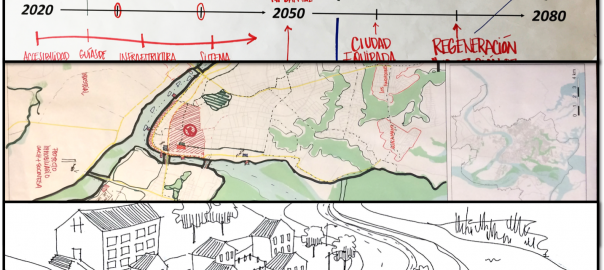
It is beginning to feel like the anticipated future under climate change is even closer than we once thought. After a particularly harsh hurricane season in North America and following another year of record high global temperatures in 2017, many people recognize that we are entering a new climate reality. Current...
0 Comment(s)Join our Conversation
19 April 2018

A review of Nature in the City: Bengaluru in the Past, Present, and Future, by Harini Nagendra. 2016. 214 pages. ISBN-13: 978-0199465927 / ISBN-10: 0199465924. Oxford University Press. £ 25.99 (Hardback). Buy the book. In her book Nature in the City: Bengaluru in the Past, Present, and Future (OUP, 2016) Harini...
0 Comment(s)Join our Conversation
17 April 2018
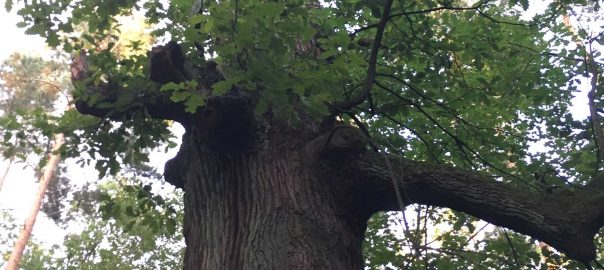
In the last days, with the air finally above the freezing point, and the grey silhouettes of the barren twigs dripping with fine silvery moisture against the faint morning light, I have been drawn into the forest. Every morning, I unlocked the chain securing my bike to a low metal...
4 Comment(s)Join our Conversation
14 April 2018

“For the child….it is not half as important to know as to feel. If facts are the seeds that later produce knowledge and wisdom, then the emotions and the impressions of the senses are the fertile soil in which the seeds must grow.” —Rachel Carson, 1965, p.58. The natural world...
2 Comment(s)Join our Conversation
9 April 2018

Thinking of home turf as we start a new phase of the Bangkok-Barcelona journey My mind always wanders forward. Even as my footsteps ground me in the present, I can’t help but wonder what lies ahead. We’re still technically in Asia, on the side of the line that divides Turkey...
2 Comment(s)Join our Conversation
5 April 2018

This article was adapted from an article by Julian Agyeman [i]. Cities of difference are places where we are “in the presence of otherness”, as Sennett puts it—namely, our increasingly different, diverse, and culturally heterogeneous urban areas.[ii] Difference is, in my opinion, a more expansive and useful concept than diversity, which...
1 Comment(s)Join our Conversation
2 April 2018
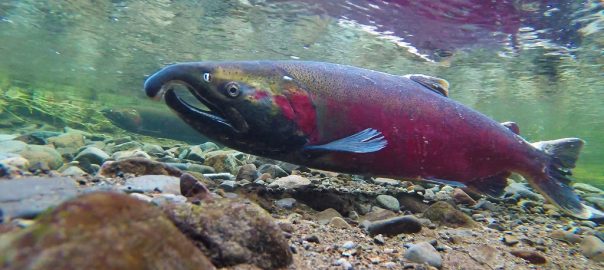
The literature has established that electric vehicles are better for the environment—they produce less pollution than a conventional gas vehicle, regardless of the electricity mix used to fuel the vehicle.[1] They are more efficient, and in part thanks to many state policies[2]—the costs of ownership are decreasing and the vehicles are...
1 Comment(s)Join our Conversation
29 March 2018

Often described as Europe’s greenest city, Sheffield is reputed to have more trees per capita than any other, with over 100,000 trees spread across parks and open spaces, 10.4 percent woodland by area, and approximately 36,000 street trees. However, a public-private partnership (P3) is dramatically altering Sheffield’s urban forest. The various particulars of the...
16 Comment(s)Join our Conversation
26 March 2018

Not long ago, cities and nature were usually seen as two separate things. Thankfully nature and cities are now being acknowledged as inextricably linked, and an exciting and expanding movement is emerging to invest in green infrastructure that helps make cities sustainable, resilient, and livable. Billions are spent annually around...
0 Comment(s)Join our Conversation
24 March 2018

“Science cannot solve the ultimate mystery of nature. And that is because, in the last analysis, we ourselves are part of nature and therefore part of the mystery that we are trying to solve.” — Max Planck As a graduate student, I was often assigned to read the foundational work of...
4 Comment(s)Join our Conversation
20 March 2018

A recent discussion at The Nature of Cities talked about the most important things to know for an urban ecologist. For many, this was that humans are part of nature. But the many influences of humans on urban nature is so complex, that some aspects of this relationship are better understood...
3 Comment(s)Join our Conversation
18 March 2018
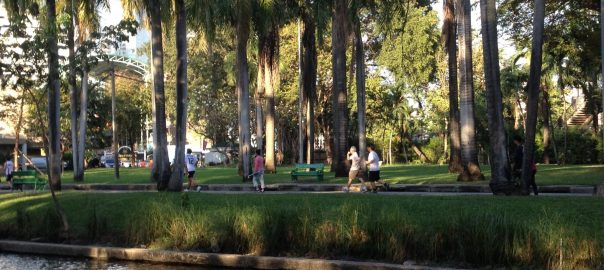
We walked many treeless roads from Bangkok, Thailand to Samsun, Turkey. On our weekly rest days, when we rambled into cities and found a hotel room where we could sleep in a bed and hang our laundry, we sought out those quiet giants. This walk we’re on is shifting our...
0 Comment(s)Join our Conversation
14 March 2018

There’s another one. And another one. And another one. And, yes, there’s one more over there…and over there. I’m noticing the many new apartment buildings dotting—defining—Turkey’s Black Sea coastline. From Hopa to Samsun, and nearly all of the cities and towns in between the 500-kilometer stretch we have done so...
0 Comment(s)Join our Conversation
11 March 2018
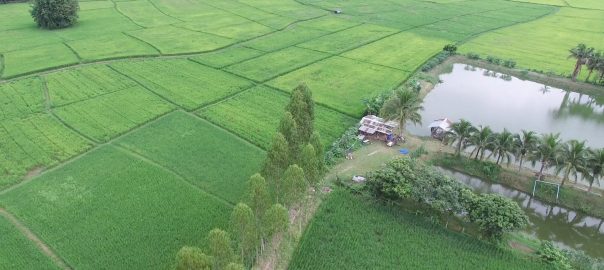
#watchingthericegrow is a hashtag I created on Instagram on 4 August 2016, tagging a photo I took from a bicycle survey along a winding rural road on the outskirts of Chiang Mai, Thailand. The initial framing marked a memorable composition at the center of a territorial survey that would spiral...
0 Comment(s)Join our Conversation
8 March 2018
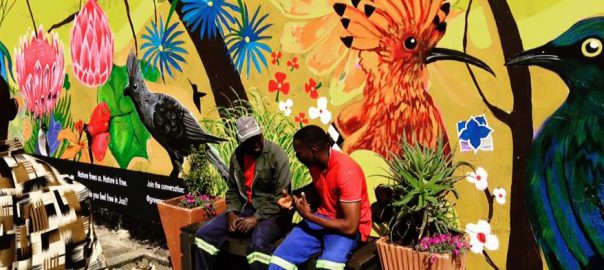
Mankind may have left the savannah some million years ago, but the savannah never quite left us. It makes sense that since we co-evolved with nature, our need for it is hardwired into our brains and our genes. For millennia, the nature we’ve had access to has influenced everything from...
0 Comment(s)Join our Conversation
5 March 2018
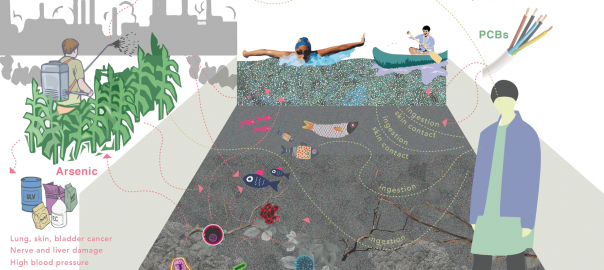
Edward O. Wilson popularized the concept Biophilia more than 30 years ago, in 1984, describing it as “the urge to affiliate with other life forms”. In short, Biophilia is a hypothesis that suggests the innate affinity of humans towards nature. We agree that humans possess the tendency to seek connections...
1 Comment(s)Join our Conversation
2 March 2018

On 11 January 2018, a party was held to celebrate the retirement after 54 years of a man many people have never heard of, whose words, published in anonymity, have helped shape the United States’ environment and environmental policy for decades. Robert B. Semple, Jr. worked for the New York...
2 Comment(s)Join our Conversation
26 February 2018

On social media and connectivity Like a lot of people, my new year’s resolution last year was to stop spending so much time on Facebook and other social media. And like probably a lot of people, I completely failed. So this year, I made a different resolution. This year I...
0 Comment(s)Join our Conversation
23 February 2018

Cities are dynamic complex adaptive systems. They are a network of systems interacting and exchanging flows of energy, information, and materials, held together by a set of rules, based on millennia of ecological change and more recent governance structures. Dominant narratives and practices describe cities as human systems that are...
2 Comment(s)Join our Conversation



